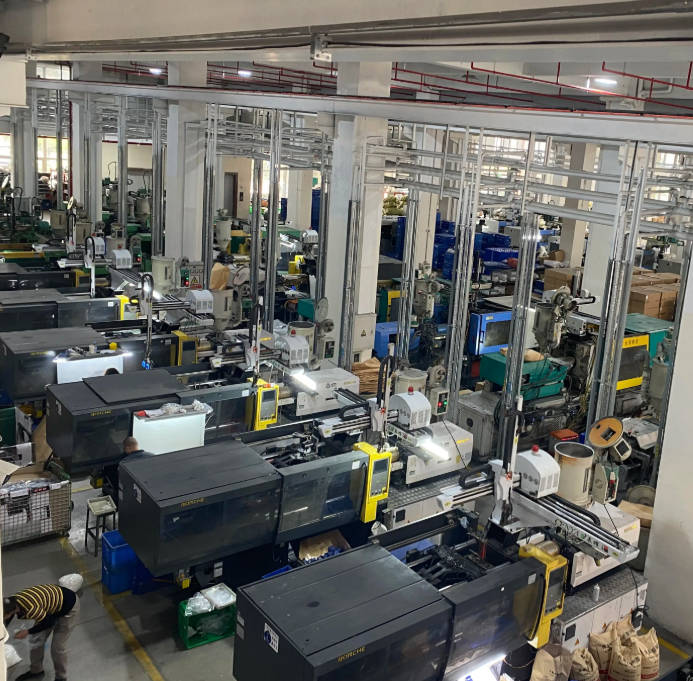When considering the manufacturing of commercial upright freezers, it's crucial to understand the various expenses that contribute to the final cost. These costs can be categorized into several key areas, each playing a significant role in the overall price of the product.

Material Costs: The primary cost is the materials used to construct the freezer. Stainless steel, aluminum, and other metals or plastics are often required, and their prices can fluctuate based on market demand and availability.
Labor Costs: Manufacturing requires a workforce, and labor costs include wages, benefits, and training expenses. The level of automation in the production process can significantly impact these costs.
Overhead Costs: These are the fixed costs that a factory incurs, such as rent, utilities, and equipment maintenance. They are essential for operations but can be reduced through efficient management and technology upgrades.
Research and Development: Investing in R&D is vital for staying competitive. Costs here include the development of new technologies, design improvements, and compliance with industry standards and regulations.
Marketing and Distribution: To sell the freezers, there are marketing expenses such as advertising, trade shows, and promotions. Additionally, distribution costs include transportation and logistics to get the product to the customer.
Quality Control and Testing: Ensuring the freezers meet quality standards involves testing and inspection, which adds to the cost. However, it's a necessary investment to maintain brand reputation and customer trust.
Regulatory Compliance: Compliance with safety and environmental regulations adds to the cost but is mandatory for合法 manufacturing operations. Non-compliance can lead to fines or shutdowns.
Warranty and services: Offering warranties and after-sales service is another cost factor. It reflects the manufacturer's confidence in the product and is essential for customer satisfaction and loyalty.
In conclusion, the cost of producing commercial upright freezers is a complex equation involving various factors. Manufacturers must balance these costs to remain competitive while maintaining product quality and meeting customer expectations.